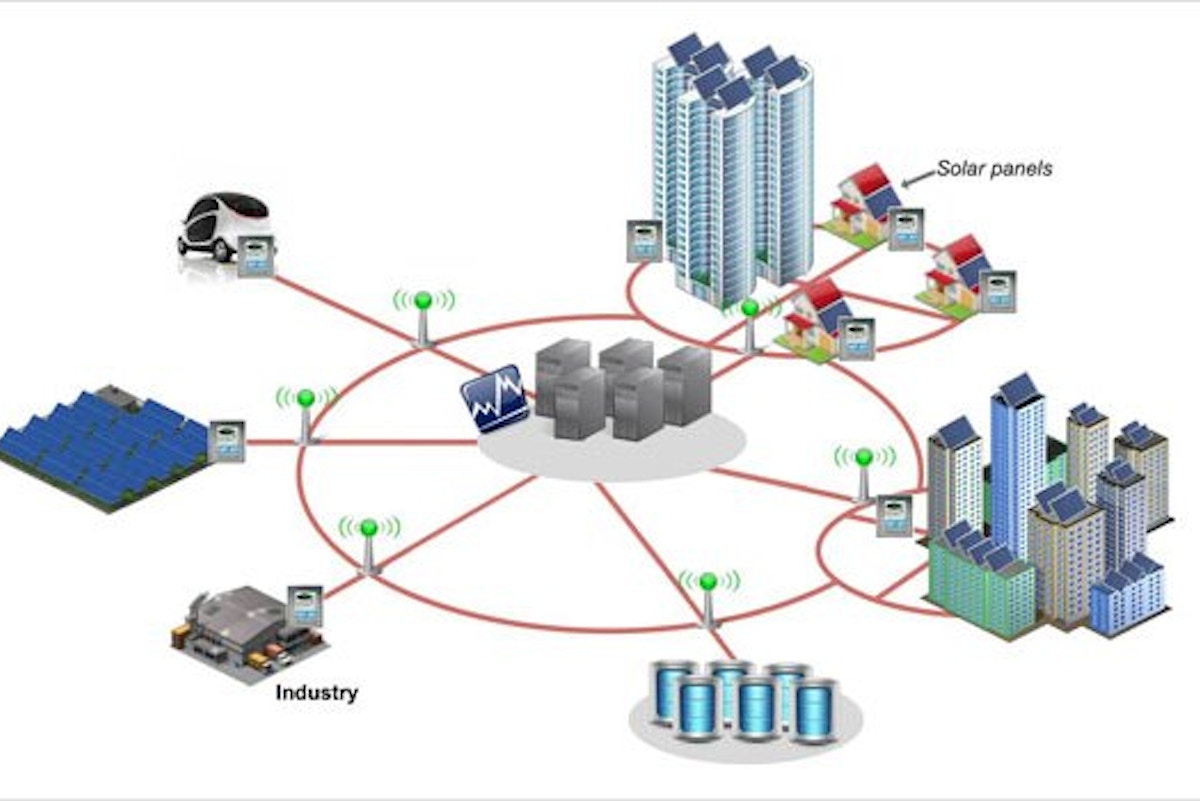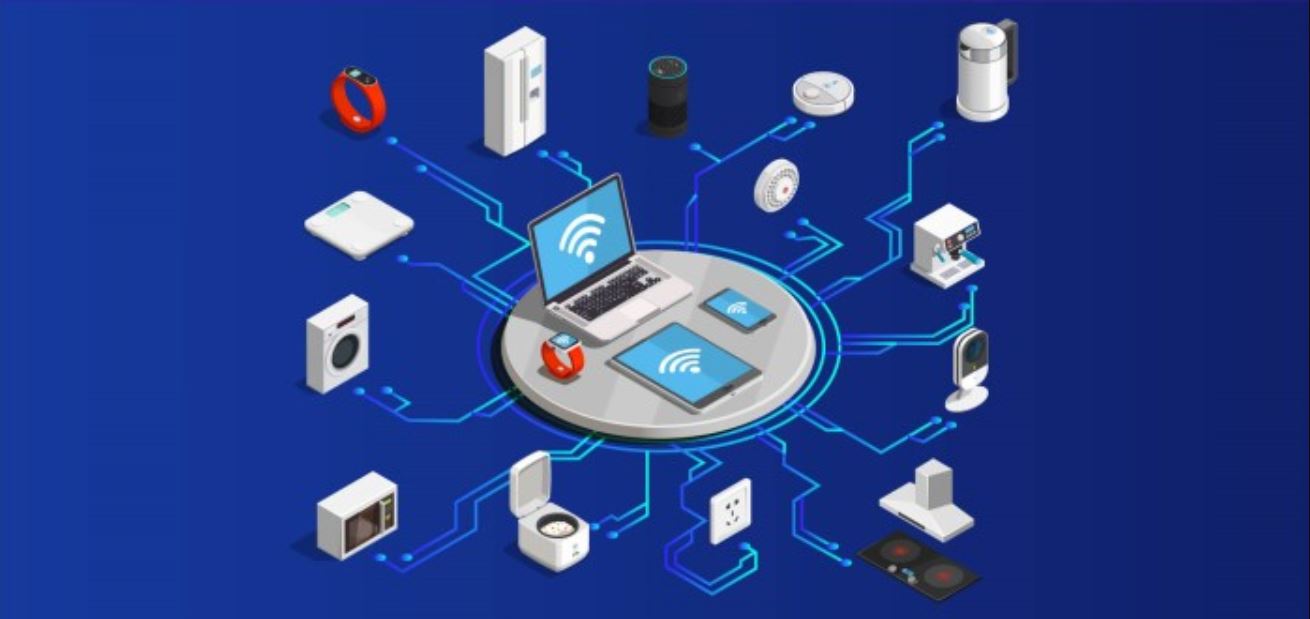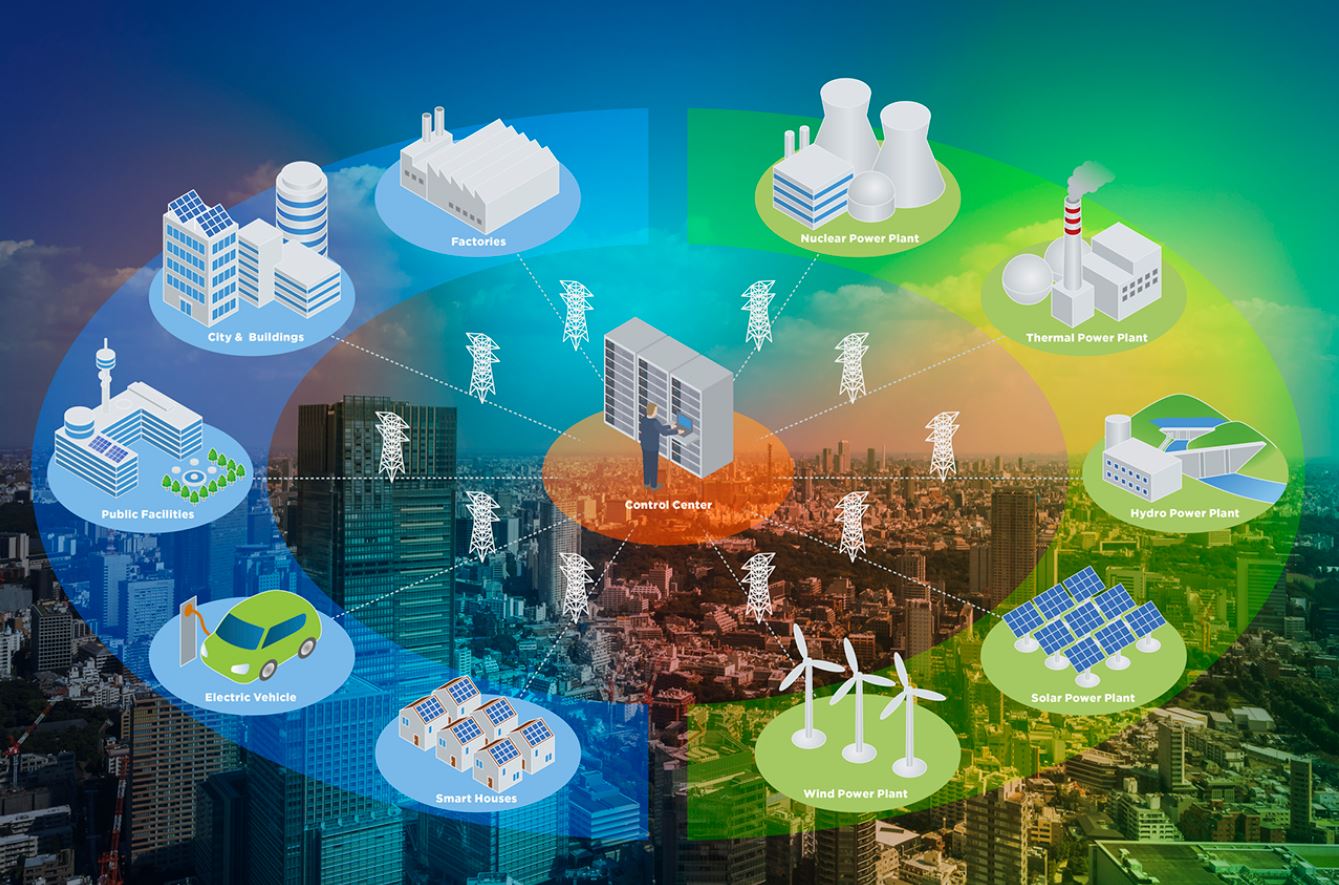Offshore wind turbines at two commercial-scale sites are now sending power to the U.S. grid. The milestone was achieved as a single turbine near Martha’s Vineyard delivered 5 megawatts of renewable energy to the New England grid moments before midnight on Tuesday. This turbine is part of the Vineyard Wind 1 project, owned by utility company Avangrid and wind energy investor Copenhagen Infrastructure Partners (CIP).
Key Takeaway
Offshore wind turbines at commercial-scale sites in the U.S. have successfully begun transmitting renewable energy to the grid, marking a significant milestone in the country’s renewable energy efforts.
Historic Moment for Renewable Energy
Massachusetts Governor Maura Healey hailed the achievement as a “historic moment,” noting that the farm will soon generate power equivalent to over 400,000 Massachusetts households. The Vineyard Wind 1 project is expected to feature five turbines by early this year, providing power to homes and potentially electric-vehicle batteries in the state.
Progress at South Fork Wind Project
Another offshore site near Montauk Point, New York, known as the South Fork Wind project, has also made significant progress. With two turbines installed, one is already operational. The project, owned by Danish energy firm Ørsted and utility company Eversource, plans to install 10 additional turbines in early 2024.
Challenges and Setbacks in Offshore Wind Sector
Despite support from the Biden administration, the U.S. offshore wind sector has faced challenges. Supply chain delays and high interest rates led to the cancellation of two wind projects in New Jersey by Ørsted and the withdrawal of a contract by fossil fuel giants BP and Equinor for the “Empire Wind 2” project in New York.
Efforts to Drive Down Wind Energy Costs
Several startups are working to reduce the cost of wind energy. SkySpecs, using drones and AI, aims to monitor wind turbines, predict equipment failures, and decrease turbine downtime. Another startup, Aerones, has developed robots to clean and inspect turbine blades, while AirLoom, backed by Breakthrough Energy, is focused on reducing wind power costs through innovative design.

























